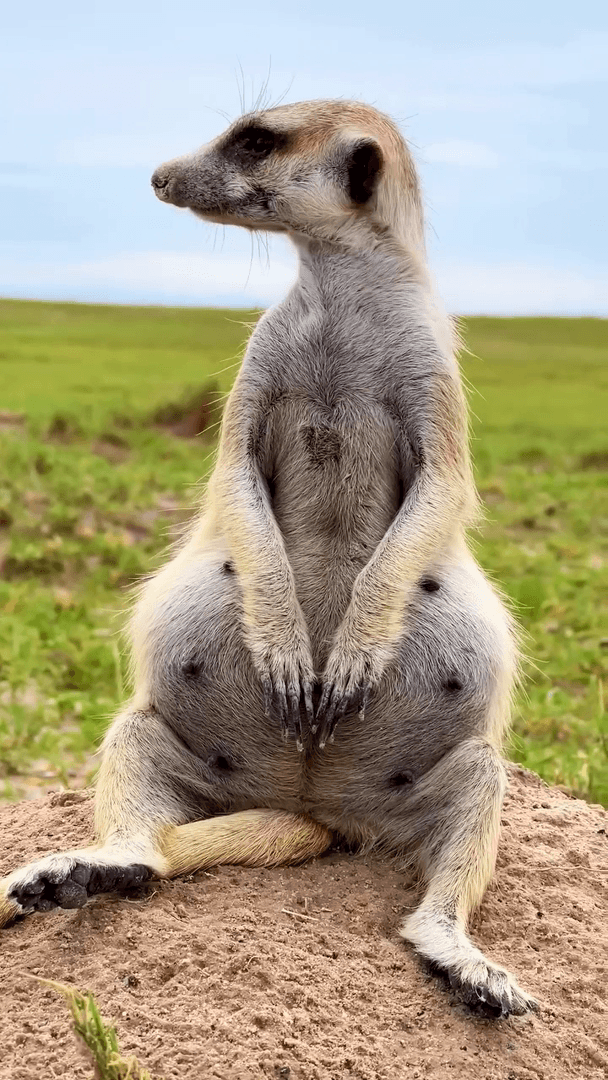
Hunting in Apac, Uganda: Seasonal Movements of Uganda Kob in the Lango Cultural Hunting Grounds Geographical Features and Natural Landscape Apac, a district nestled in northern Uganda, is a premier destination for hunters seeking a unique and exhilarating experience. The region boasts a diverse landscape featuring expansive savannahs, lush forests, and rolling hills, providing a variety of habitats for different game species. The varied topography and rich biodiversity make Apac a prime location for various types of hunting. The area is also home to several wetlands and small lakes, which add to the diversity of wildlife and hunting opportunities. Demographics and Hunting Community Apac is home to a blend of indigenous tribes and modern settlers, contributing to a vibrant cultural tapestry. While the exact number of active hunters in the region is not well-documented, the local community has a long-standing tradition of hunting for sustenance and cultural practices. The hunting com
Post: 5 August 11:03
















































